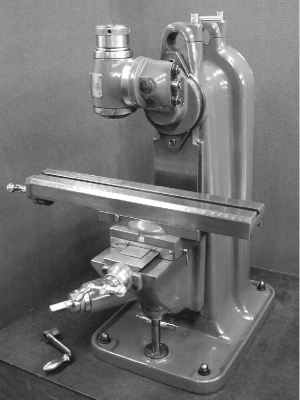- Joined
- Apr 5, 2013
- Messages
- 391
I want to power a small mill , I have zero knowledge of how to make/set up a PWM or SCR . I would like to buy off the shelf , motor and controller . I'm not even sure a DC motor is a good idea , also I'm not against a counter shaft but if it is not necessary that would be nice . I do want to be able to control speed by a dial . Please let me know your thoughts ., links will be helpful
What do you think about this ?
 Thanks , Mark .
Thanks , Mark .
What do you think about this ?



